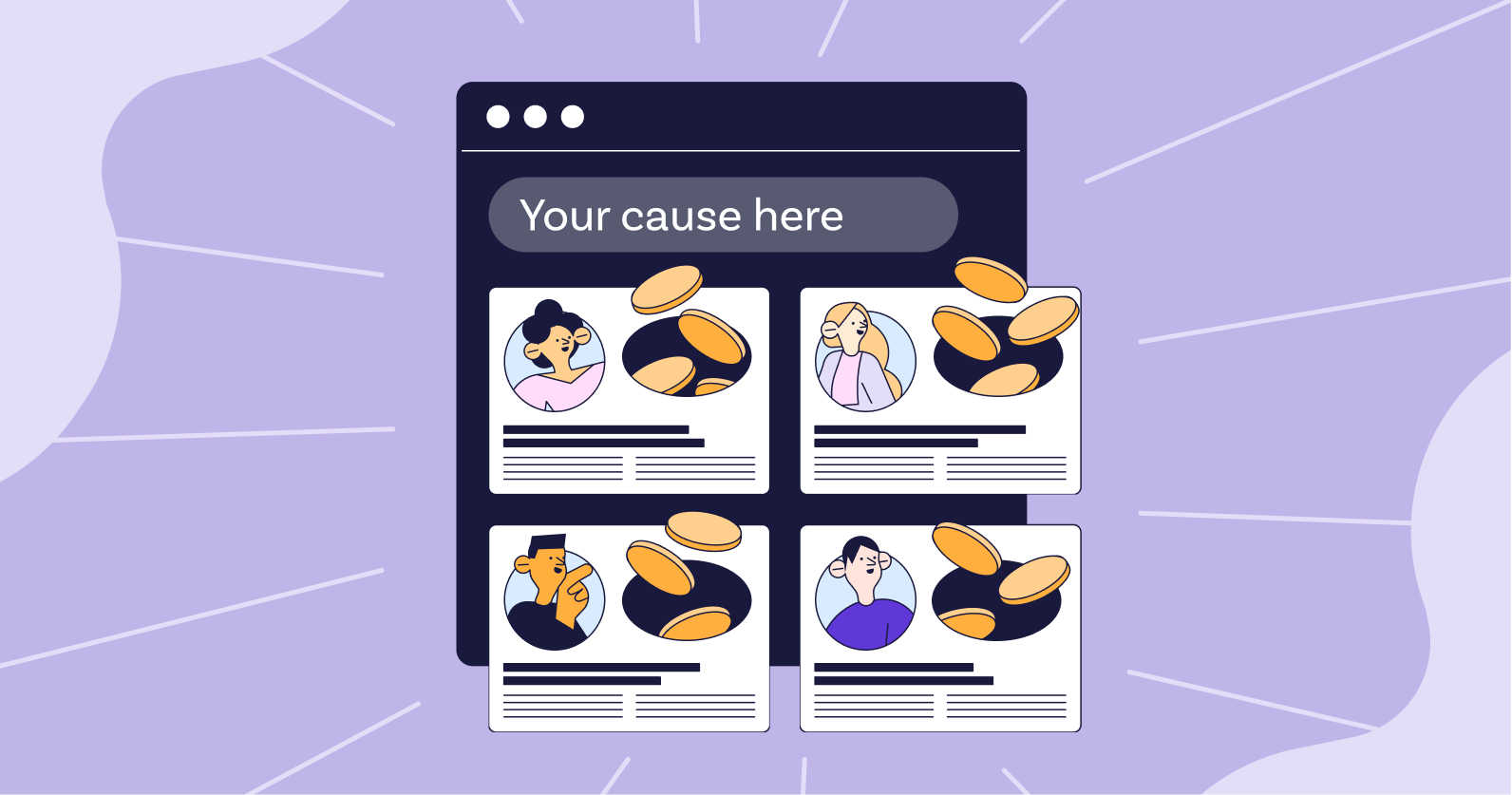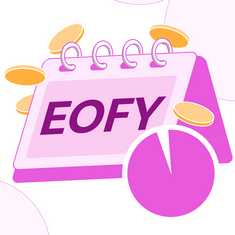
Raise 3 x more with peer-to-peer fundraising: Your ultimate how to guide made simple
Peer-to-peer fundraising empowers your supporters to raise funds on your behalf, leveraging their networks to amplify your cause. Here’s a concise guide to help you master this strategy and raise 3 x more!
What Is Peer-to-Peer Fundraising?
Peer-to-peer (P2P) fundraising recruits individual fundraisers from your community to raise donations for your organisation. These fundraisers create personal profiles to share their passion, engaging friends and family to donate. This method capitalises on social proof, where personal stories and connections drive contributions.

Why Peer-to-Peer Fundraising Works
On Raisely, we know that peer-to-peer campaigns raise 3x the amount of other fundraising campaigns! As a winning strategy, we also see:
Broader Reach: Fundraisers tap into their networks, reaching potential donors you might not access otherwise.
Increased Donations: Personal appeals from friends and family are compelling, often leading to higher donations.
Community Building: P2P campaigns foster a sense of community, encouraging fundraisers to connect over a shared mission.
Adaptability: Suitable for both virtual and in-person events, making it a reliable option regardless of external conditions.
Peer-to-Peer Fundraising Ideas
Imagine your community coming together, fueled by passion for your cause, to raise money for your organisation. That’s the essence of peer-to-peer fundraising!
Here are some inspiring ideas to help your supporters get started:
1. DIY Campaigns
DIY campaigns let your fundraisers get creative without the need for a big budget. Take UNICEF Australia's Ukraine P2P campaign, where one participant designed a quilt square in Ukraine’s colors and raised over $238,000, smashing her initial goal of $5,000.
2. Ambassador Campaigns
Ambassador campaigns involve a select group of star fundraisers, often local celebrities, competing for the most donations. These campaigns thrive on engaging followers through live events or social media challenges.
3. Challenges
Challenges foster friendly competition and leverage social media. Examples include walkthaons, fun runs, TikTok dance challenges, you name it! The Strava integration on Raisely helps track all sorts of activities - customise your own! Forever Projects’ “What’s Your Kilimanjaro?” challenge had participants cover the mountain's elevation or distance in their own way, raising funds for children in Tanzania.
4. Events
Modern fundraising events can be virtual, hybrid, or asynchronous, reducing costs and volunteer effort. SurfAid’s Make a Wave campaign exemplifies this by rallying thousands of surfers worldwide in a 30-day challenge. This initiative raises crucial funds to support families living near some of the world’s most remote waves, who struggle to access basic services such as healthcare, clean water, sanitation, and food security.
Each of these campaign types can engage your community and drive significant support for your cause.
Plan Your Peer-to-Peer Campaign
Got an idea that really represents your mission and has the power to mobilise your community? It’s time to start planning! Use our P2P fundraising framework which walks you through these four major planning phases:

1. Concept Brainstorming
Align your campaign with your mission and supporters' interests. Ensure it has urgency and a clear impact. Take Starlight's Children's Foundation, who decided to create a swim challenge when they learned there were no major peer-to-peers focused on swimming in Australia.
2. Shape Your Campaign
How to build on your concept and shape a key message, challenge, campaign name, and call to action. You'll also break down your fundraising targets and plan the resources needed. Use our handy P2P Planner to help estimate revenue for your overall campaign goal.
3. Communications and Promotions Plan
Develop a strategy to promote your campaign and engage your community. Your plan should cover how different groups within your community will hear about your P2P. Create sharable materials that tell your nonprofit’s story to equip and further support your fundraisers.
4. Supporter Journey
Map out the experience for your fundraisers from start to finish, ensuring they feel supported and recognised. Raisely’s peer-to-peer template comes with a set of automatic messages that form a basic skeleton for your campaign and are fully customisable.
At the very least, your supporter journey should include the following steps:
- Learning about your campaign
- Setting an individual fundraising goal
- Creating their individual donation page or team page
- Spreading the word about their participation and directing their friends and family to their donation form
- Participating in any activities or challenges you’ve planned, engaging with gamification, and receiving recognition along the way
- Reporting progress and meeting their goal
- Receiving a big THANK YOU for their participation
Peer-to-Peer Fundraising Best Practices
Engage Constantly: Monitor social media and other channels to respond to your fundraisers.
Recognise Top Performers: Highlight top fundraisers and donors.
Optimise for Mobile: Ensure donation pages are mobile-friendly.
Regular Updates: Keep your community informed with progress updates and motivational messages.
Measure Your Success
Activation Rates: Track how many supporters sign up and raise funds. On Raisely we see an activation rate of 78%.
Average Raised: Monitor the average funds raised by individuals and teams. Our average fundraising per profile is $302.
Total Funds Raised: Measure against your goals and adjust strategies as needed.
Giving Trends: Identify patterns to optimize your fundraising efforts.
Wrapping Up Your Peer-to-Peer Fundraiser
When all is said and done, it’s time to celebrate the impact your community makes. Email your fundraisers and donors with details about the amazing impact of the campaign and what you’ve achieved together, including the total funds raised and exactly what you’ll be doing with their donations. Show them your heartfelt appreciation and make sure they know how they can stay in touch with your charity.
Finally, ask your team for feedback and note what worked and didn’t work for your next peer-to-peer fundraising campaign.
Peer-to-Peer Campaign Inspiration
We’ve seen a lot of successful peer-to-peer campaigns on Raisely soar past their fundraising goals while igniting social movements to create positive change. Here are a few standout success stories:

- Oxfam Trailwalker challenges New Zealanders to combat poverty and climate destruction by trekking either 50 or 100 km through the mountainous Taranaki region. Walkers and runners work together in teams of four during this annual event that lasts 18-36 hours.
- Liptember was founded in 2010 to fund gender-specific mental health research for women and nonbinary people. In the month of September, fundraisers wear bright lipstick to raise awareness for the campaign.
- HalfCut is saving what remains of the Daintree Rainforest in Queensland. To symbolise the fact that only 50% of the world’s rainforests are still standing, fundraisers shave, braid, or colour half of their head on World HalfCut Day every year.
Peer-to-Peer Fundraising Is Here to Stay
Peer-to-peer fundraising has proven to be an effective and engaging strategy for nonprofits. With platforms like Raisely, even small organisations can launch professional-quality campaigns. Ready to get started? Sign up for Raisely and customise your peer-to-peer campaign today!
Ready to create your
next campaign?

Content Marketing Manager at Raisely, Georgie she leads content strategy to drive engagement, growth, and brand awareness for nonprofits using Raisely's fundraising platform.




